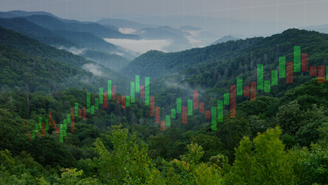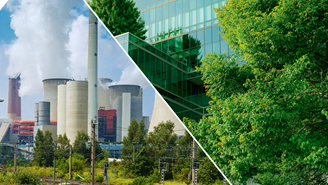From Reform to Responsibility: How the Dutch Central Bank’s ESG Guidance and Pension Overhaul Are Setting a Regional Precedent
This article covers how De Nederlandsche Bank (DNB), the central bank for the Netherlands, is intensifying its expectations around ESG risk management and disclosure and its implications for investors.
Contradictions and Opposing Pursuits in Canada’s Oil and Gas Sector: Three Key Infrastructure Projects
This article examines the oil and gas industry's key infrastructure projects through an ESG lens, including the Trans Mountain Expansion, LNG Canada, and the Pathways Alliance carbon capture storage project.
Improving Transparency for Investors: Ending the Acceptance of Non-Public Information for ESG Risk Ratings
Morningstar Sustainalytics no longer collects non-public information from issuers as part of its ESG Risk Rating or Low Carbon Transition Rating (LCTR) assessments. This article explains what the change means for investors and issuers.
AI’s Energy Demand Meets US Utility Readiness: A Look at Carbon Intensity and Transition Risk
This article explores how the impacts of powering US data centers for AI are emerging as major challenges. Meeting the electricity needs of AI will increasingly depend on how quickly grid infrastructure, siting processes, and permitting systems can adapt.



















